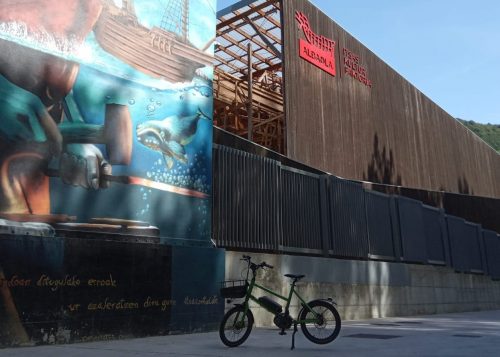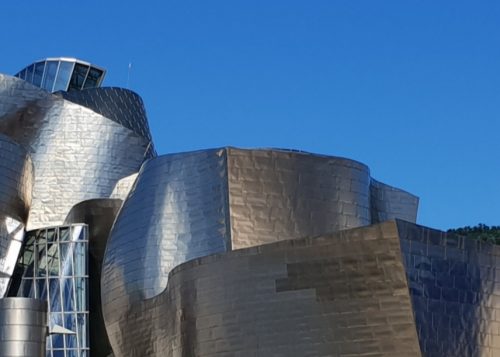The 9 natural parks of the Basque Country
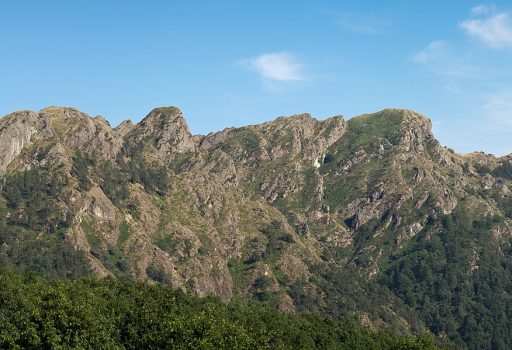
The Basque Country is known for its nature, the bright green mountains are one of the most characteristic elements of our geography and one of our attractions.
As it could not be otherwise, some of these mountains and their surroundings are protected, to preserve our natural environment for future generations and are perfect places for an excursion during a stay in our region. That is why we are going to tell you about the 9 natural parks in the Basque Country.
These 9 parks are spread throughout the Basque Country, and all of them are relatively close to the capital cities, making them easy to reach by car, and therefore ideal for spending a day enjoying nature and getting away for a moment from the noise, crowds and pollution of the cities.
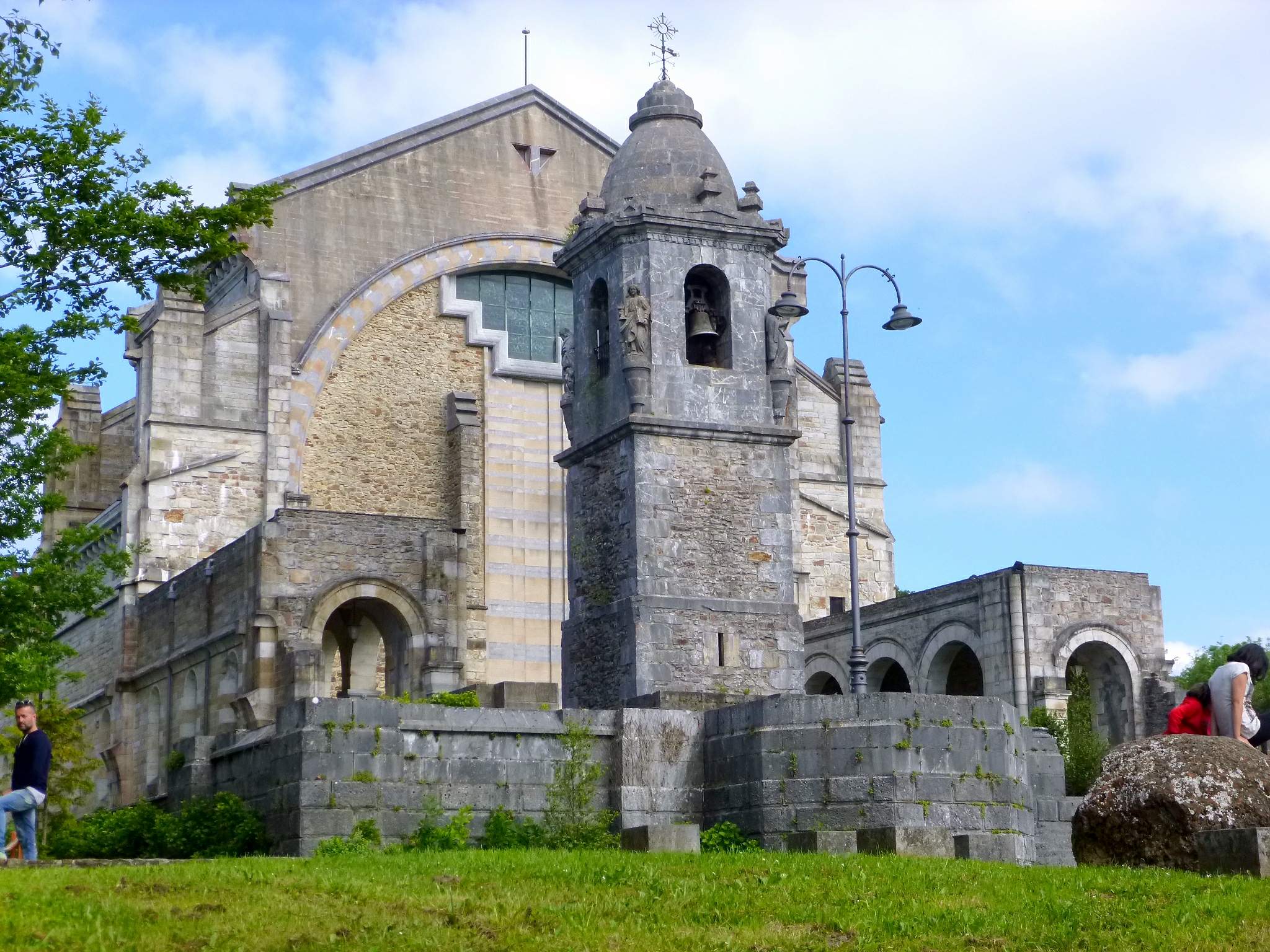
Urkiola Sanctuary. Photo from Wikipedia.
In addition, they all have information centres for visitors where they will not only inform us about the best routes to follow in the park, but also organise workshops and guided tours to learn more about the park and its surroundings, many of which are aimed at children and families, so if we want to enjoy a family day out in the heart of nature, it could be a great idea to visit one of our natural parks.
The 9 natural parks in the Basque Country are the following:
Izki Natural Park, in Álava
Just 30 kilometres from Vitoria, this park is perfect for hiking, cycling and horse riding. Its highest peak, Mount Kapildui, measures 1,176 metres and the park is full of gorges and caves, and contains the largest European reserve of black oak trees.
Valderejo Natural Park, between Alava and Burgos
Also near Vitoria, this is the perfect place for hiking and for watching griffon vultures, as it is home to the largest colony in the Basque Country. Here you can also admire megalithic monuments and abandoned villages.
Gorbea Natural Park, between Alava and Bizkaia
The largest of our natural parks, it is easily accessible from Vitoria and Bilbao. Its highest peak, Gorbea, measures 1,482 metres, and the routes can be done on foot, by bike and on horseback. And something not to be missed is the Gujuli waterfall, with a drop of more than 100 metres.
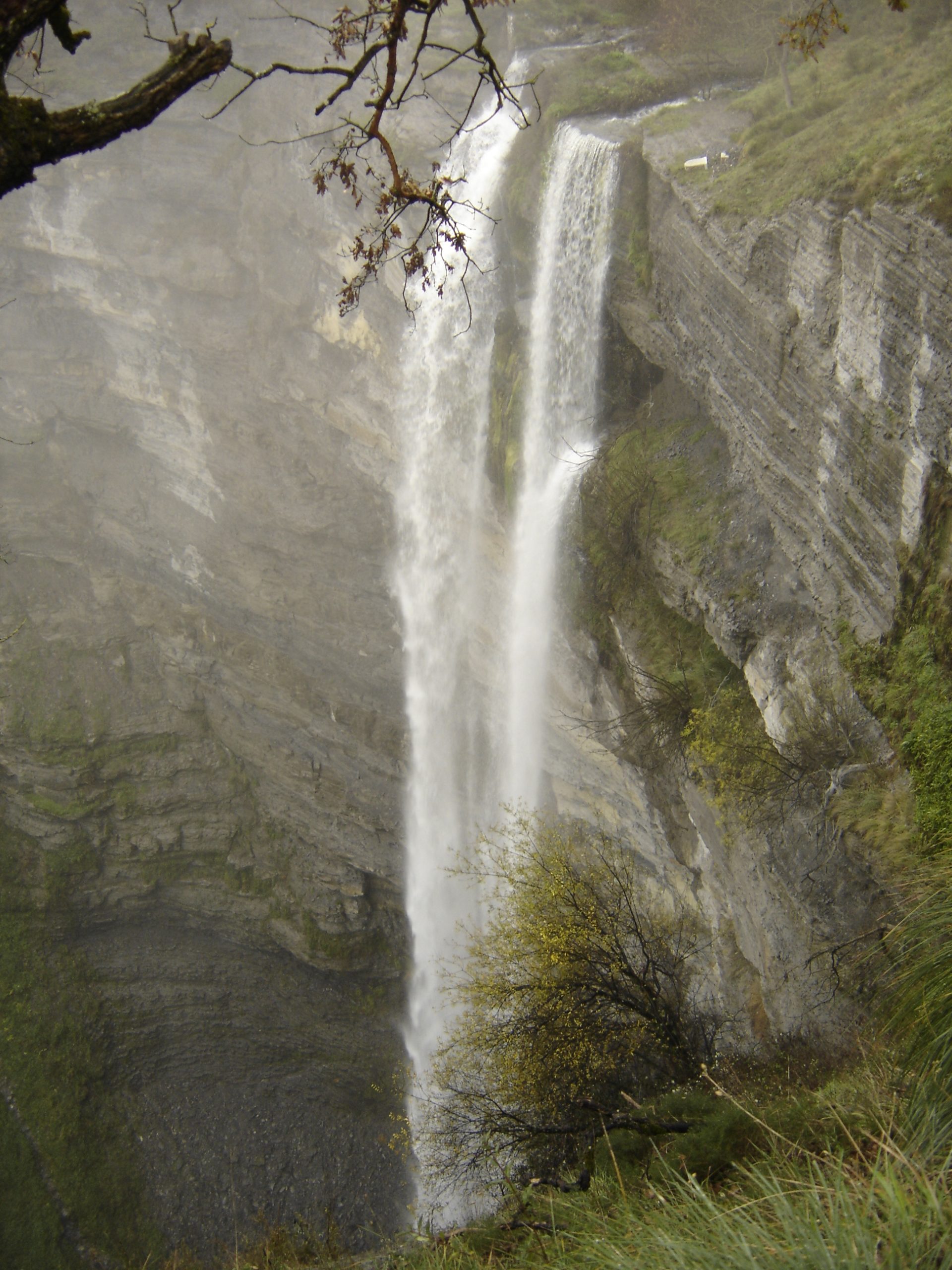
Gujuli waterfall. Photo from Wikipedia.
Urkiola Natural Park, between Alava and Bizkaia
Also accessible from Vitoria and Bilbao, here you will find Mount Amboto, its highest peak, but also one of the most important places in Basque mythology. Also important is the Urkiola Sanctuary, dedicated to Saint Anthony Abbot and Saint Anthony of Padua.
Armañón Natural Park, between Bizkaia and Cantabria
Located near Bilbao, this park is known for its many caves, the most important of which is the Pozalagua cave. It is also the perfect setting for observing native breeds of cattle.
Pagoeta Natural Park, in Gipuzkoa
The smallest of our natural parks, it is very close to San Sebastian. It is perfect to go with children, as it offers a wide range of educational activities. It also contains a botanical garden, prehistoric monuments and the old Agorregi ironworks.
Aiako Harria Natural Park, between Gipuzkoa and Navarre
Also very close to San Sebastian, this park is known for its three peaks of over 800 metres. And for the Arditurri mines, exploited since Roman times until 1984.
Aralar Natural Park, between Gipuzkoa and Navarre
Further inland, this park also has routes of different levels of difficulty for walking, cycling or horse riding and is perfect for seeing megalithic monuments, learning about cider and Idiazabal cheese or climbing one of the most legendary peaks in the Basque Country, the 1,346-metre-high Txindoki.
Aizkorri-Aratz Natural Park, between Gipuzkoa, Alava and Navarre
Like other parks, here we can also find megalithic monuments and caves such as Arrikrutz, sanctuaries such as Arantzazu, but also Roman roads and the highest peak in the Basque Country, Aitxuri, 1,551 metres high. And what has historically been the passage between Alava and Gipuzkoa, the San Adrián tunnel, part of the St. James’ Way, and therefore a UNESCO World Heritage Site.
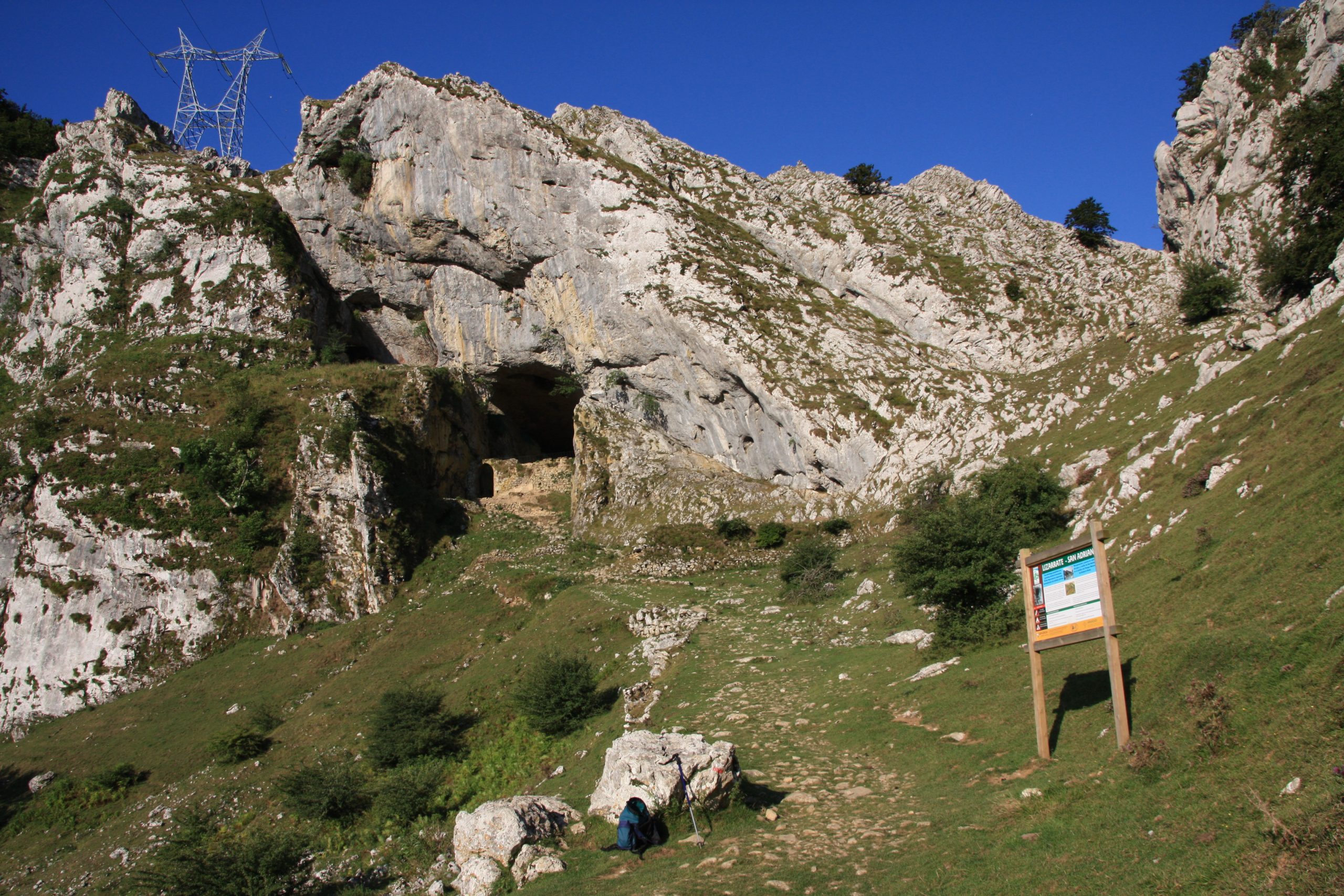
Cave of San Adrián. Photo from Wikipedia.
Related tours
